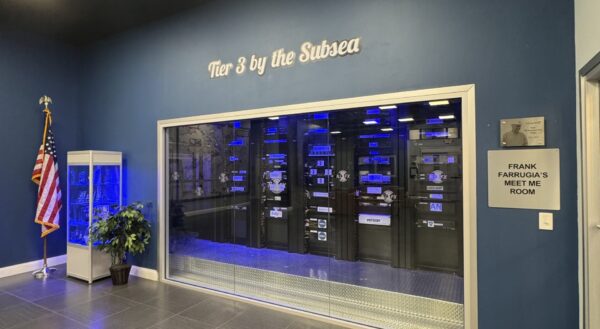
The AI-Ready Cable Landing Station is Coming
NJFX today announced the completion of a comprehensive Basis of Design for a new 10MW high-density AI data hall, delivering an expected 1.25 PUE and 8MW of usable IT load.
Subsea infrastructure is only going to increase in importance as demand continues to leap.
See the original article by Ellen Tannam at Silicon Republic
July 22, 2022
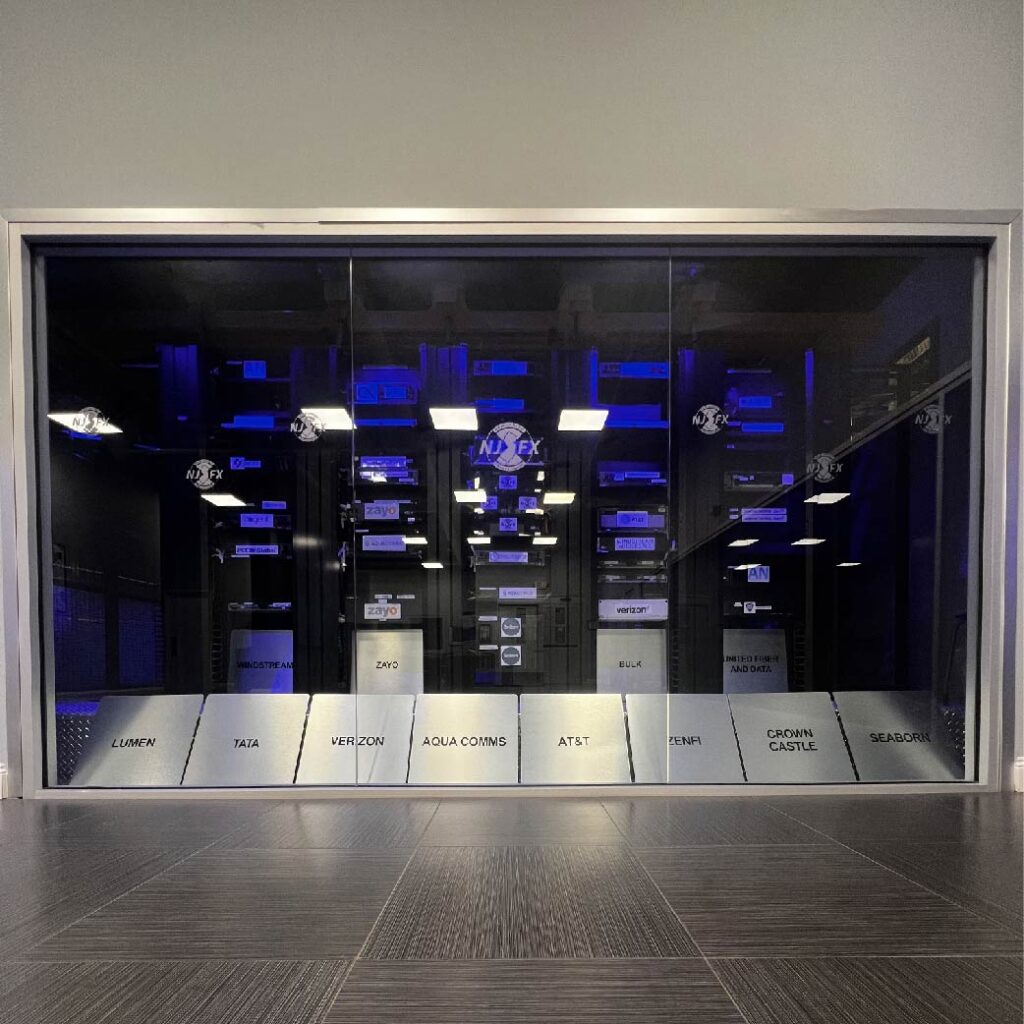
The world is becoming an increasingly connected, always-on place and, while much is made of the scale of communication it enables, the infrastructure that props up this technological revolution is often less of a focus.
Subsea cables – a vital cornerstone
Subsea infrastructure is one of the key enablers for the international network interconnections enabling all of our connected devices.
The Havfrue cable is a subsea fibre-optic system that will connect New Jersey, Ireland and Denmark. A collaboration between Google, Aqua Comms, New-Jersey-based colocation firm NJFX, Facebook and others, the Havfrue cable will build major global capacity.
Siliconrepublic.com spoke to NJFX founder and CEO, Gil Santaliz, about the future of subsea infrastructure.
How is the subsea landscape being revolutionised by big-data demands?
We’re seeing investment at record levels, similar to pre-2000 levels, for subsea networks. We’ve never seen this type of investment before in subsea cables. Google just shared that they spent $30bn on subsea systems alone.
How is NJFX going to be crucial to the Google subsea cable project?
NJFX has created an opportunity for any subsea system to have a place to land that is carrier-neutral, with hardened security, reliable power and access to a multitude of US carriers to provide connectivity across North America.
Can you comment on how communications technology has evolved during your time in the industry?
When I started, we were paying a quarter a minute for a long-distance call; you had pay phones for when we weren’t at home.
The average price of 2Mb between US and Mexico was $37,000 a month. Now, you get 100GB for $10,000 a month. So, for one-third of the cost, you get 5,000 times the capacity.
What trends do you foresee in the future for subsea cables and global connectivity as a whole?
The new capacity all coming online is going to stimulate innovation like we haven’t seen before. Whenever you allow engineers the ability to collaborate with unlimited internet capacity, you allow for innovation.
You see new things come to the marketplace because an engineer’s capacity is limitless. You’re going to see applications, some which may be invented in United States and used in other parts of world. You can test or try things not in the geographical location you are in.
How will these benefits affect the average consumer and/or business?
Our society continues to move towards more efficient ways of doing things we’ve always done. I think mobile apps and artificial intelligence are going to be the two things we’re going to see come together.
Mobile apps collect information about human behaviour continuously. They allow us to mine data and create predictable outcomes in many areas in the future.
How is the internet of things (IoT) changing connectivity demands?
IoT devices are humans that don’t sleep. They constantly need info; they are constantly learning and constantly delivering. The dynamic of IoT makes the internet have to triple the bandwidth requirements to support it. Humans are offline at least several hours a day to sleep. IoT devices are never offline.
They are cameras, thermostats, monitoring devices that are constantly interacting. We used to see peak internet demand times after school or work, for example. It’s not the case any more – now, everything is in use constantly. These machines never have to work, eat or sleep.
RELATED: INFRASTRUCTURE, INTERNET OF THINGS, NETWORKS, FIBRE, CLOUD
###
About NJFX:
NJFX is a Tier 3 Carrier Neutral Cable Landing Station campus. Our colocation ecosystem has expanded to over 35 network operators offering flexibility, reliability, and security. Our Wall, NJ location provides direct access to multiple subsea cable systems giving our carriers diverse connectivity solutions and offers direct interconnection without recurring cross-connect fees.

NJFX today announced the completion of a comprehensive Basis of Design for a new 10MW high-density AI data hall, delivering an expected 1.25 PUE and 8MW of usable IT load.
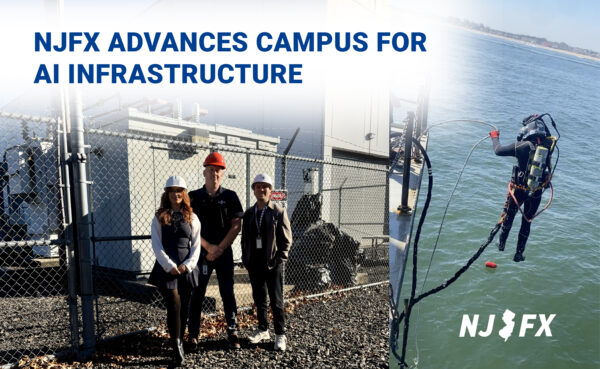
NJFX today announced the completion of a comprehensive Basis of Design for a new 10MW high-density AI data hall, delivering an expected 1.25 PUE and 8MW of usable IT load.

Red Sea conflict threatens Key Internet Cables. Maritime attacks complicate repairs on underwater cables that carry the world’s web traffic.
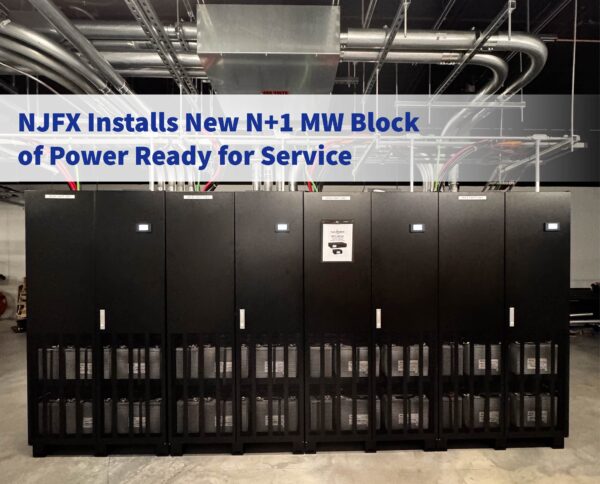
Red Sea conflict threatens Key Internet Cables. Maritime attacks complicate repairs on underwater cables that carry the world’s web traffic.
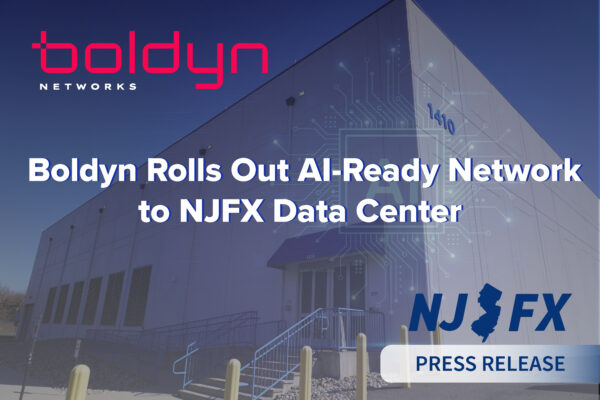
Red Sea conflict threatens Key Internet Cables. Maritime attacks complicate repairs on underwater cables that carry the world’s web traffic.
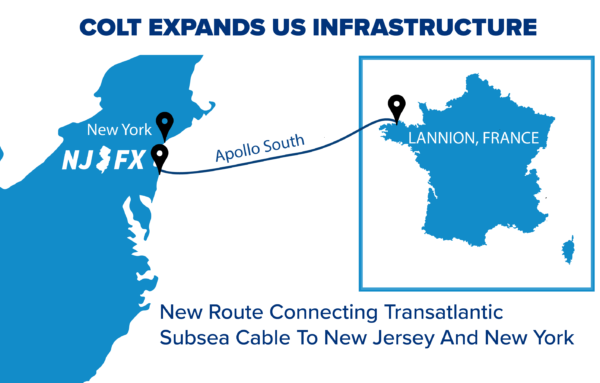
Red Sea conflict threatens Key Internet Cables. Maritime attacks complicate repairs on underwater cables that carry the world’s web traffic.
